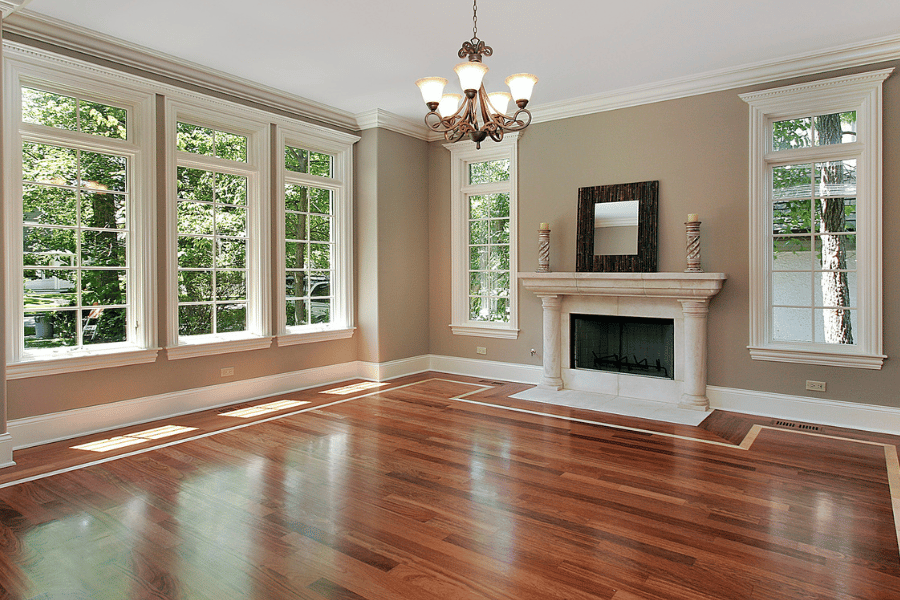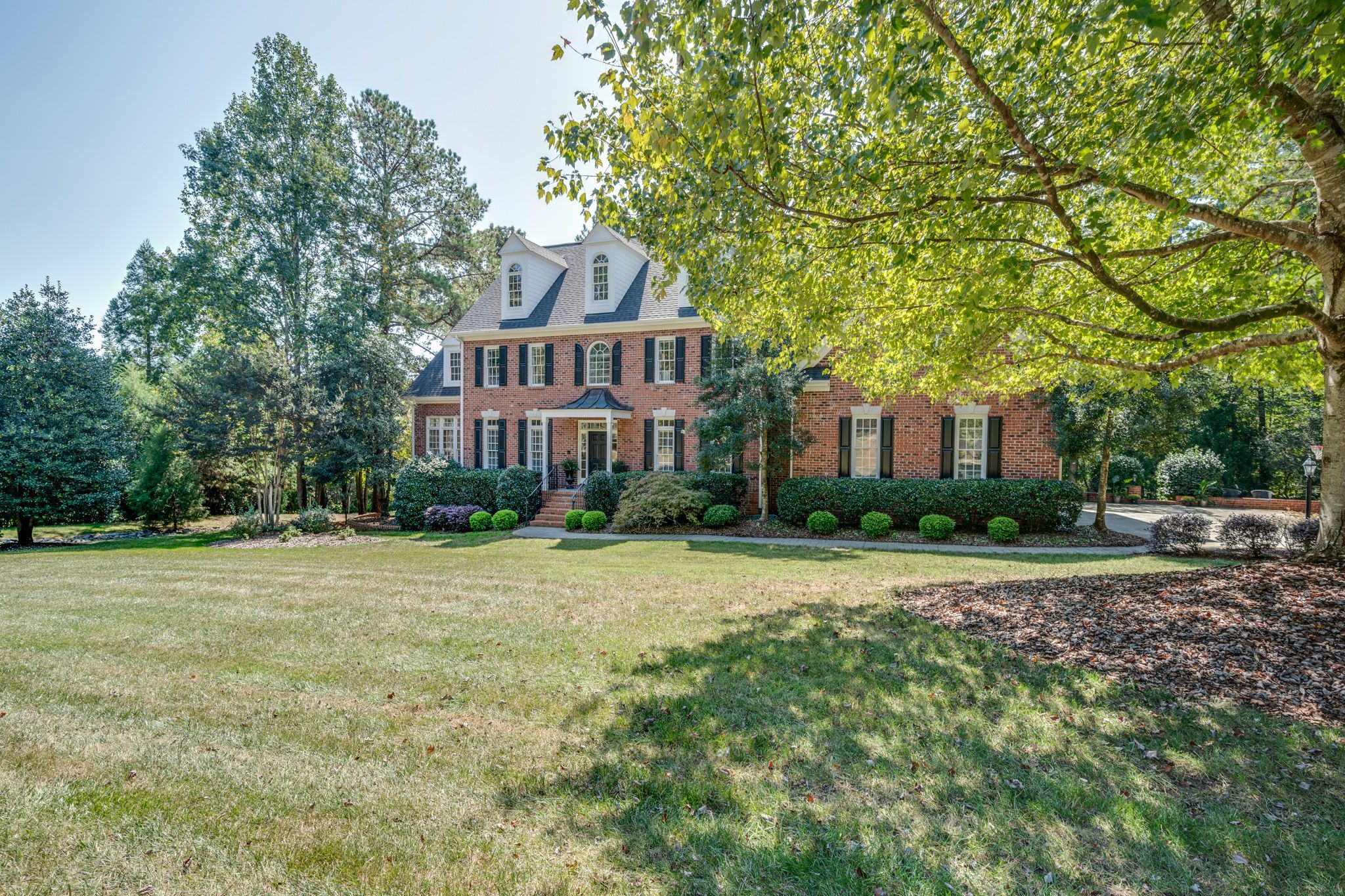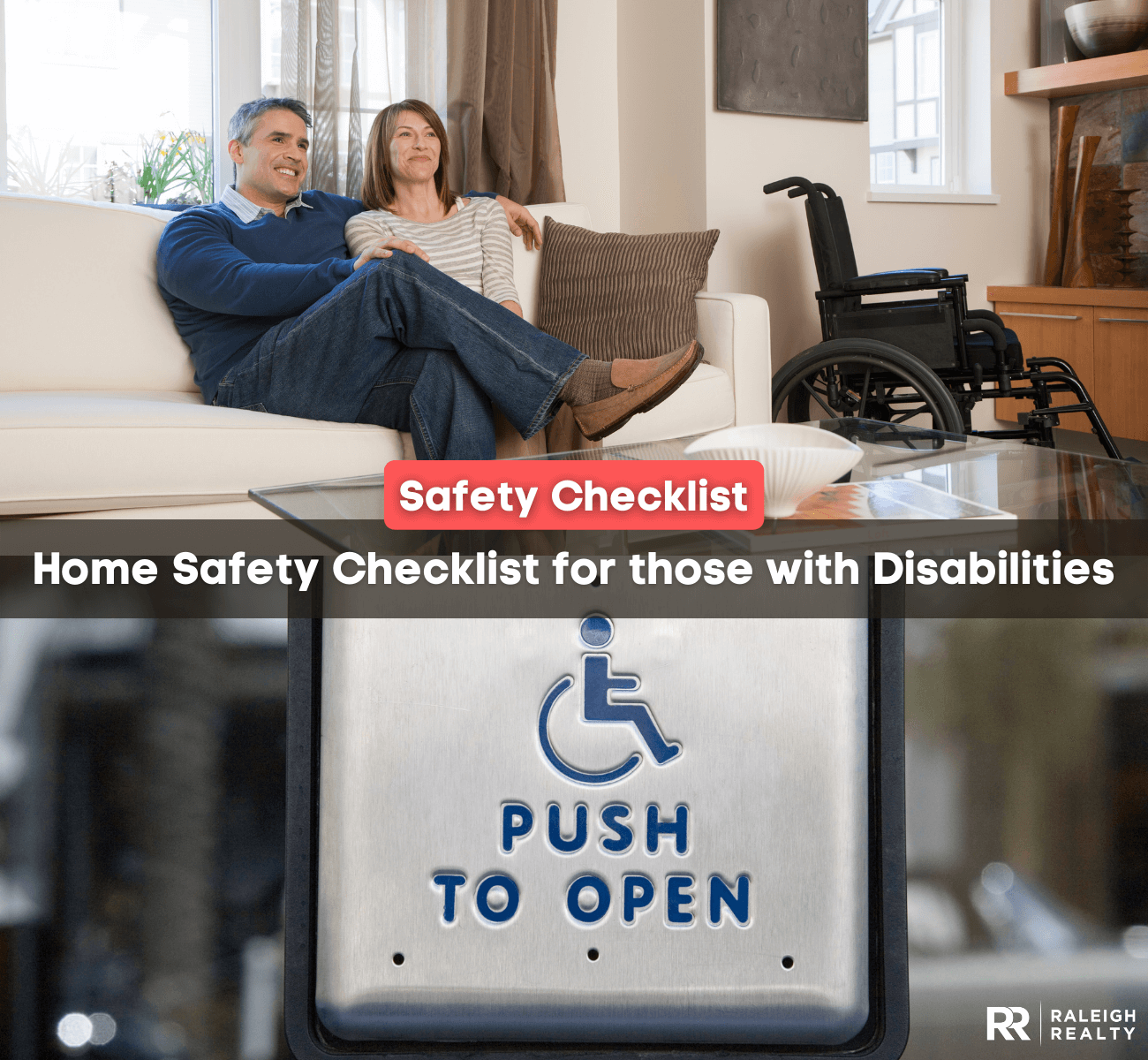Safety Hazards in Older Homes
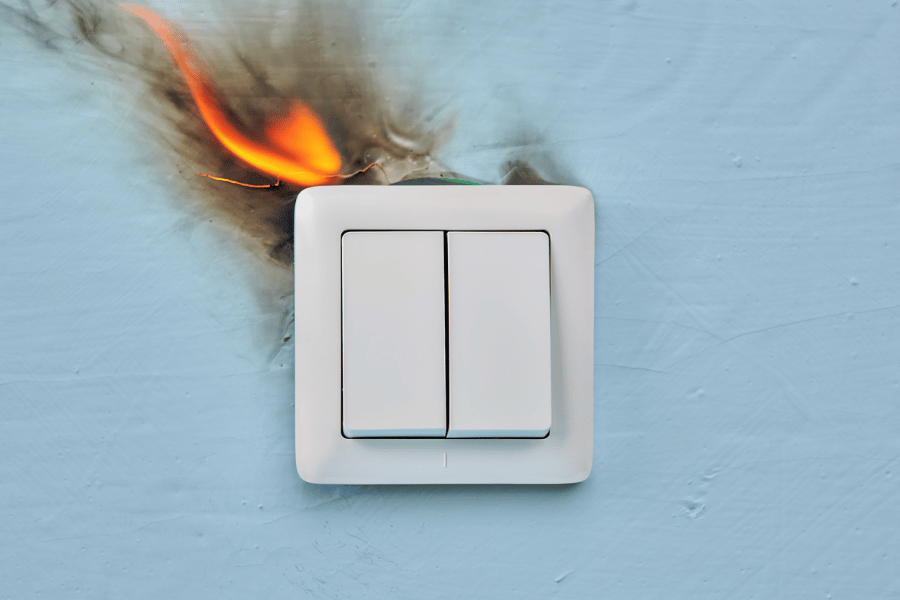
Invisible Dangers in Older Homes: A Guide for Recognizing and Addressing Potential Threats in Older Houses
Older homes have plenty of positive attributes. They have character, design elements, and history that newer structures cannot replicate. Whether you are purchasing an older home or currently living in one, you should understand it could have drawbacks and dangers as well as positive traits.
The average house in the US is 37 years old, and many of the safety issues are in homes of average age or older. For example, lead paint was banned in 1978, and asbestos became illegal in 1989. Older homes, meanwhile, have issues such as leaky clay pipes or outdated wiring.
An important question is whether a homeowner or buyer should renovate or opt to purchase a new home instead. Newly constructed homes may lack the character of older models, but they do not have the wear-and-tear or toxic or outdated materials.
Here are the most common dangers associated with older homes.
Chapters
Asbestos
Asbestos is a fibrous material that was popular for insulation and roofing. It is made of naturally-occurring minerals and was widely used in home construction between the 1930s and '80s because it helped retain warmth and was fireproof.
Unfortunately, asbestos has been linked to respiratory issues and a fatal form of cancer called mesothelioma. The problem is that asbestos can break down into thin microfibers that can become airborne, hang in the air for days, and get in your lungs.
The material was banned in the late 1980s, but older homes may still have asbestos insulation. You need to hire a professional to inspect your home and remove the asbestos, if necessary. It is too dangerous to handle on your own.
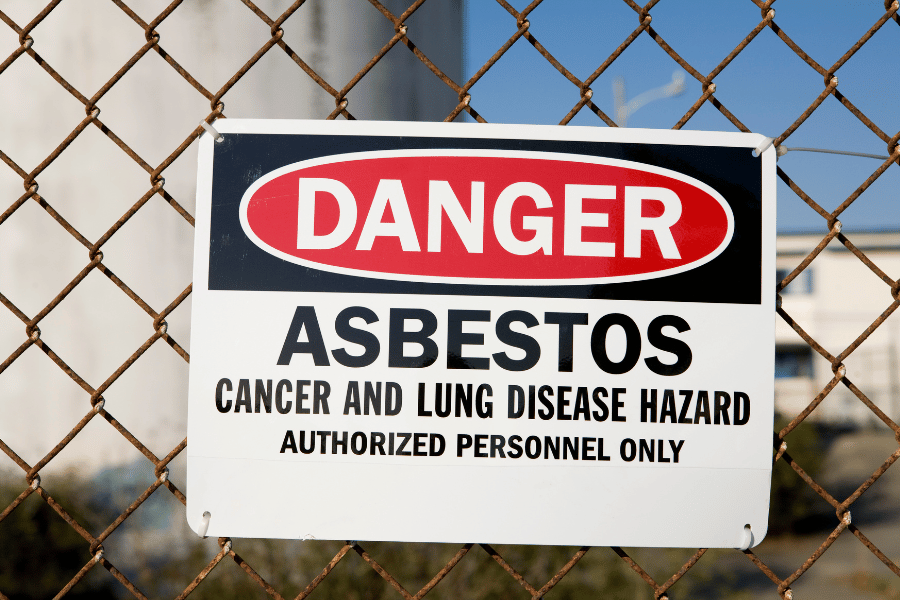
Clay or Galvanized Pipes
Pipe materials like clay or galvanized pipes were popular in home construction through the 1950s. Clay pipes, for sewage outflow, used prefabricated sections, and galvanized steel pipes, for inflowing water, relied on a special mineral coating to prevent rust.
Clay pipes are prone to breakage due to root growth or underground shifts. This can lead to sewage leaking into the ground in your yard.
Galvanized pipes, on the other hand, can become corroded. Not only can this limit water pressure, but it can also contaminate the water supply and make it unhealthy to drink.
A professional plumber can replace clay or galvanized pipes with copper, PVS, or polyethylene pipes that are safer and stronger.
Lead Paint
Lead paint was common in homes before 1978, when the EPA outlawed it. Lead is effective as a drying agent, so paint manufacturers saw it as an attractive ingredient.
However, it can cause significant health problems, including respiratory issues, chronic headaches or vomiting, memory loss, and dietary issues like a lack of appetite.
The issue is that many older homes have layers of paint or wallpaper, and lead paint may be underneath two or three other coats of safe paint.
You can test for lead on your own, but you may need to hire a professional to remove the paint if the test comes back positive.
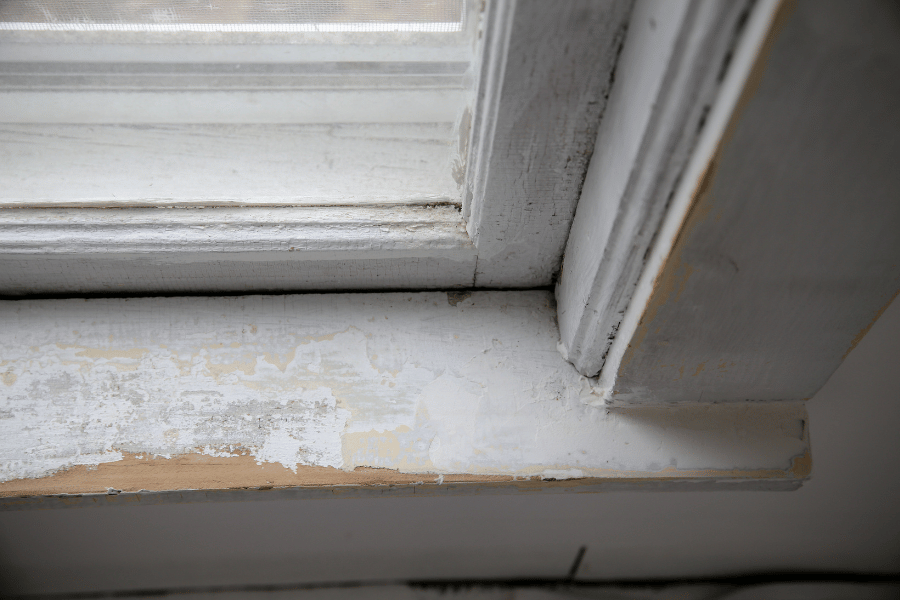
Non-grounded Outlets
Non-grounded outlets are very common in older homes. Also known as 2-prong outlets, they lack the additional ground wiring meant to protect against power surges.
Non-grounded outlets have two vertical slots for the live and neutral wires. Houses from the 1960s or earlier usually have non-grounded outlets unless they have already been renovated.
During a power surge, there is nothing to redirect the current. Therefore, it can damage whatever is plugged into the non-grounded outlet, electrocute someone who happens to be nearby or cause a fire.
You will want a professional to upgrade your wiring because you need to install a grounding wire. Simply changing to a three-prong outlet without a ground wire will not mitigate the danger.
Faulty Wiring
Faulty wiring is no longer functional or does not provide adequate protection against shorts, power surges, or fires. In some cases, the wiring could be unsafe because of modifications that a previous owner made, leaving bare wires or flawed connections. In older homes, the casing may simply have worn or rotted away, leaving exposed wires.
Any wiring flaw will increase the danger of fire in your home, especially since wires are often behind the interior walls, adjacent to wood supports and insulation. There is also a danger of electrocution if someone touches a shorted or exposed wire.
Typically, wiring updates require the help of a skilled professional.
Carbon Monoxide
Carbon monoxide (CO) gas is dangerous because it is difficult to detect; it is colorless, odorless, and tasteless.
In homes, carbon monoxide comes from burning natural gas for climate control, cooking, or water heating. If a home is improperly ventilated, the CO gets in the living area. Carbon monoxide poisoning can cause nausea, sleepiness, and headaches. In an unventilated space, it can lead to tissue damage and death.
You can limit the danger by inspecting the home and ensuring proper ventilation and unblocked exhaust pipes for the HVAC system and other gas appliances. You should also install carbon monoxide detectors, which can alert you when dangerous levels are present.
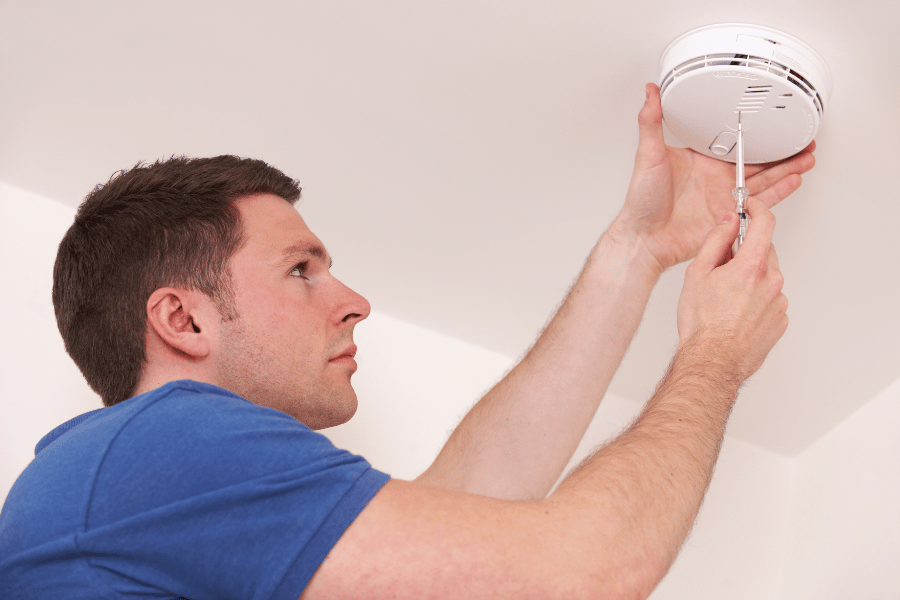
Mitigating These Safety Hazards
With renovations, you can mitigate the dangers of older homes. The replacement of outdated systems and the removal of dangerous materials is best handled by professionals, and the process typically starts with an inspection to identify the problem.
Inspect Before Buying
If you are purchasing an older home, you should inspect it for common dangers before closing. The cost of a home inspection is worthwhile because it can help you find potential dangers and also discover issues with the foundation, structure, or other systems inside the home. You can use the inspection to negotiate the price or ask that the seller make repairs or remove toxic materials before closing.
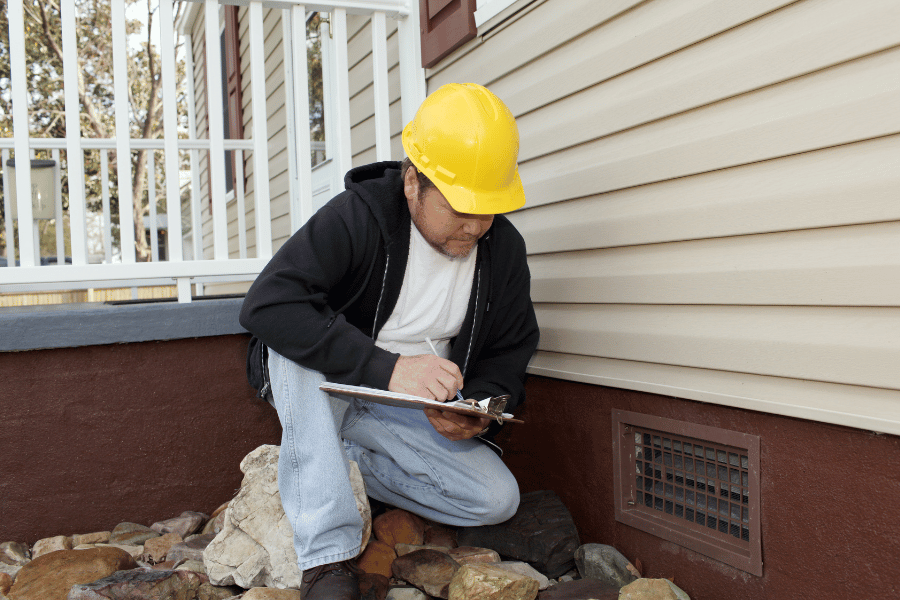
Hire a Professional for Disposal
You need to invest in a professional disposal service if you have issues like asbestos and lead paint. These materials are especially dangerous when they become airborne, so they must be handled with the utmost care. You also want to be certain that every bit of asbestos or lead gets removed.
Finally, if you document the removal and have a subsequent inspection, you can prove that the lead or asbestos is no longer present. This can be important if you ever try to sell the home.
Perform Necessary Updates Before Moving In
If you purchase an old home, you can handle all these updates before moving into the the property. This will limit your exposure to the dangers and also help you avoid the dust, noise, and lack of privacy that will occur during the renovation project.

Ryan Fitzgerald
Hi there! Nice to 'meet' you and thanks for visiting our Raleigh Real Estate Blog! My name is Ryan Fitzgerald, and I'm a REALTOR® in Raleigh-Durham, NC, the owner of Raleigh Realty. I work alongside some of the best Realtors in Raleigh. You can find more of my real estate content on Forbes, Wall Street Journal, U.S. News and more. Realtor Magazine named me a top 30 under 30 Realtor in the country (it was a long time ago haha). Any way, that's enough about me. I'd love to learn more about you if you'd like to connect with me on Facebook and Instagram or connect with our team at Raleigh Realty. Looking forward to connecting!
Related Blogs

